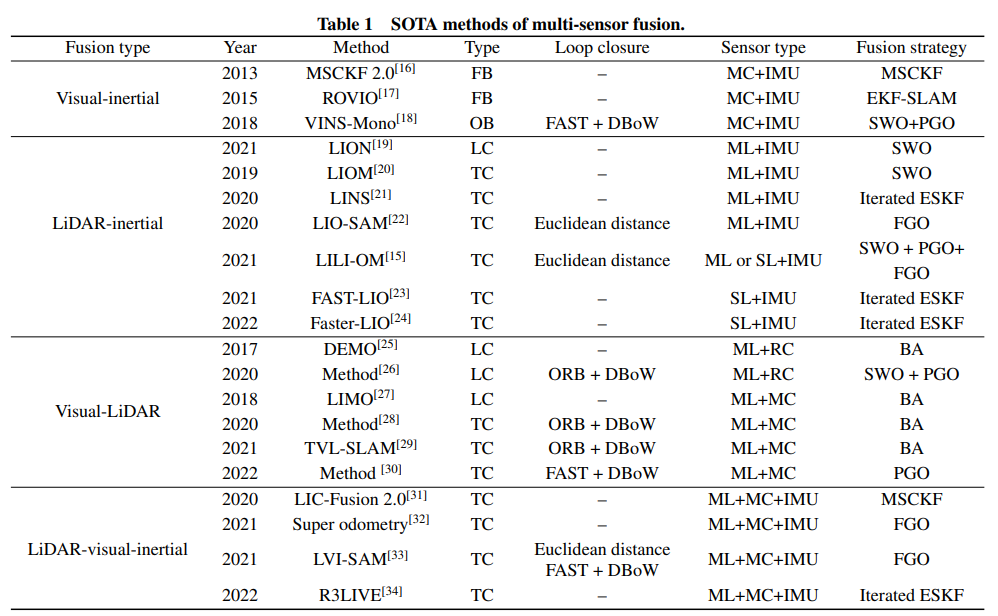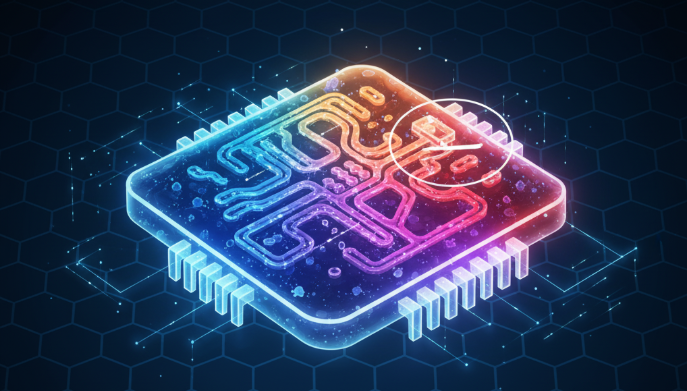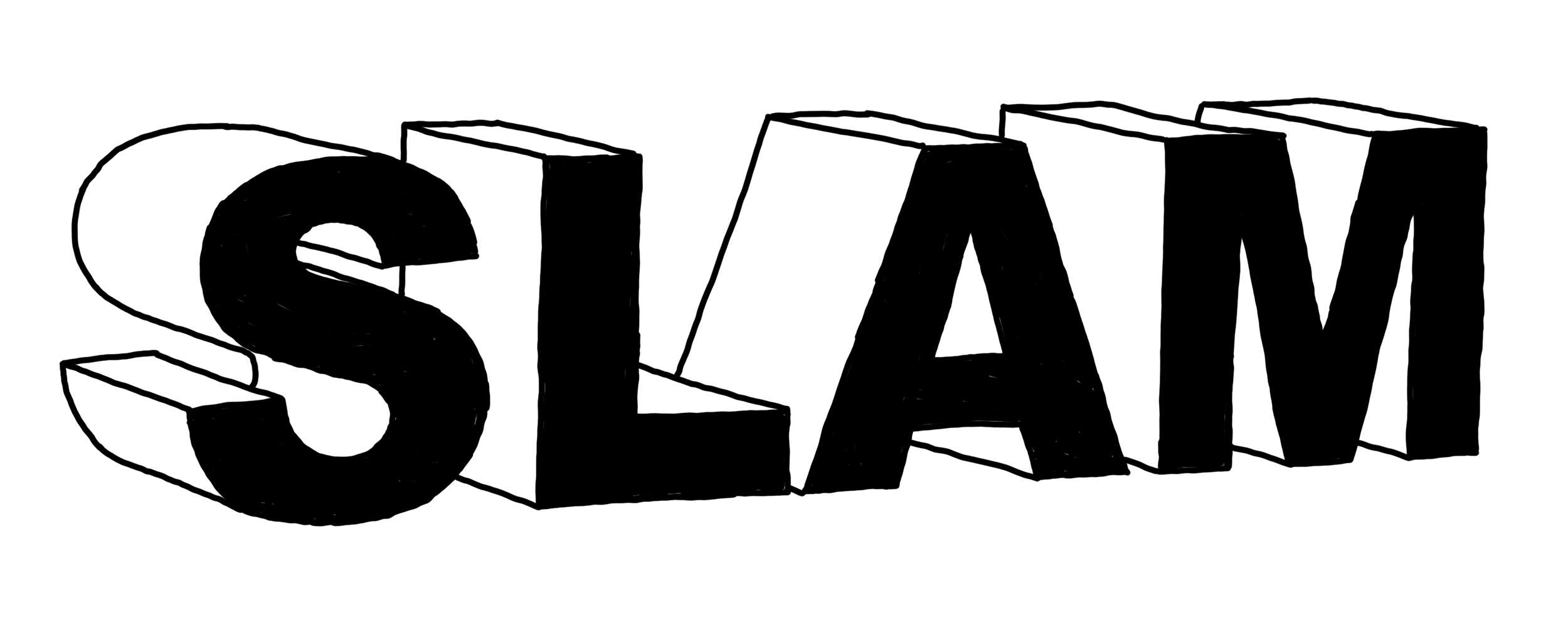Overview
Sensors can be classified by the physical quantity they measure. Common categories include mechanical quantities (length, thickness, displacement, speed, acceleration, rotation count, mass, weight, force, pressure, torque), acoustic quantities (sound pressure, noise), magnetic quantities (magnetic flux, magnetic field), optical quantities (brightness, color), and thermal quantities (temperature, heat, specific heat).
20 Common Sensors and Typical Uses
- Temperature sensor - Measures temperature; used in thermostats and thermometers.
- Humidity sensor - Measures air humidity; used in weather stations and HVAC systems.
- Light sensor - Detects light intensity; used in automatic lighting and ambient light adjustment.
- Sound sensor - Detects sound level; used in audio devices and security systems.
- Pressure sensor - Measures liquid or gas pressure; used in automotive systems and meteorology.
- Position sensor - Measures displacement or position; used in robotic arms and vehicle systems.
- Accelerometer - Measures acceleration; widely used in smartphones and activity trackers.
- Magnetic sensor - Detects magnetic fields; used in compasses and magnetometers.
- Proximity sensor - Detects the presence or approach of objects; used in touchscreens and automatic switches.
- Capacitive sensor - Measures capacitance changes; commonly used in touch interfaces.
- Gas sensor - Detects specific gases such as carbon monoxide and carbon dioxide.
- Color sensor - Detects object color; used in printing, packaging, and quality control.
- Biosensor - Monitors biological parameters such as heart rate and blood glucose.
- Speed sensor - Measures object speed; used in vehicle speedometers and speed enforcement systems.
- Weight sensor - Measures weight or load; used in scales and load monitoring.
- Infrared sensor - Detects infrared radiation; used in remote controls and human presence detection.
- Pressure-sensitive sensor - Detects contact via applied pressure; used in pressure-sensitive touch interfaces.
- RFID sensor - Enables identification and tracking of objects; used in logistics and inventory management.
- Photodetector - Detects optical signals; used in cameras, scanners, and optical communication.
- Angular position sensor - Measures angle or orientation; used in avionics, robotics, and navigation systems.
Conclusion
These sensors underpin many modern technologies across industries, contributing to improved safety, efficiency, and functionality in consumer, industrial, and scientific applications.
 ALLPCB
ALLPCB






